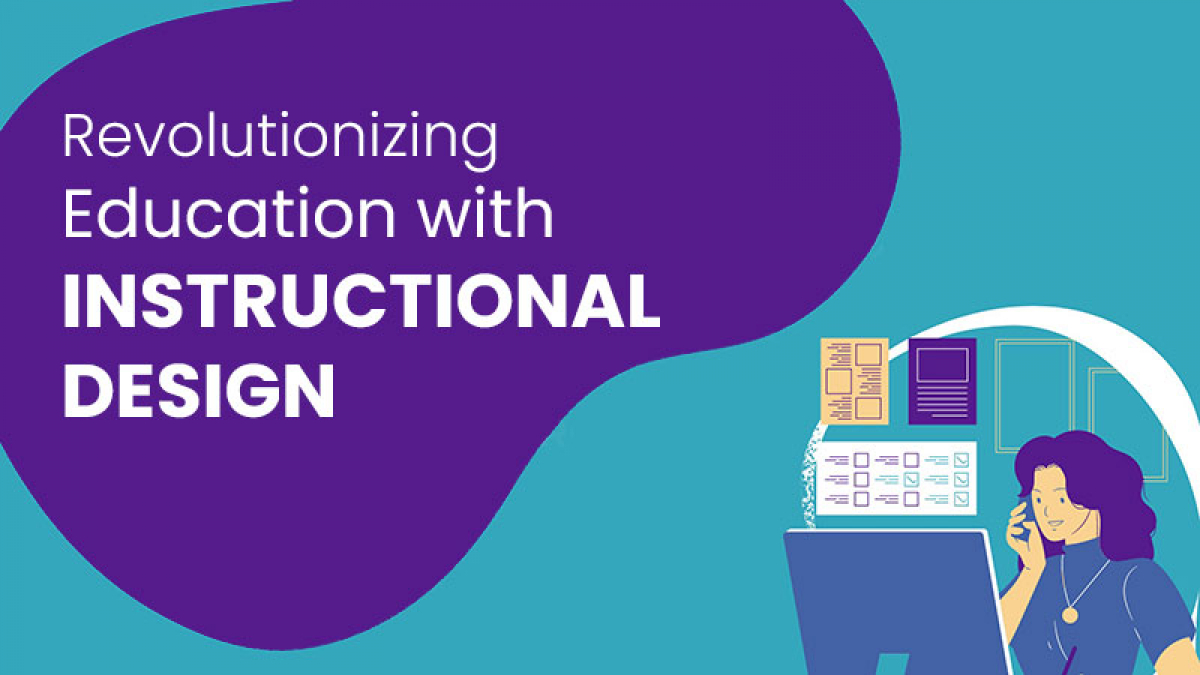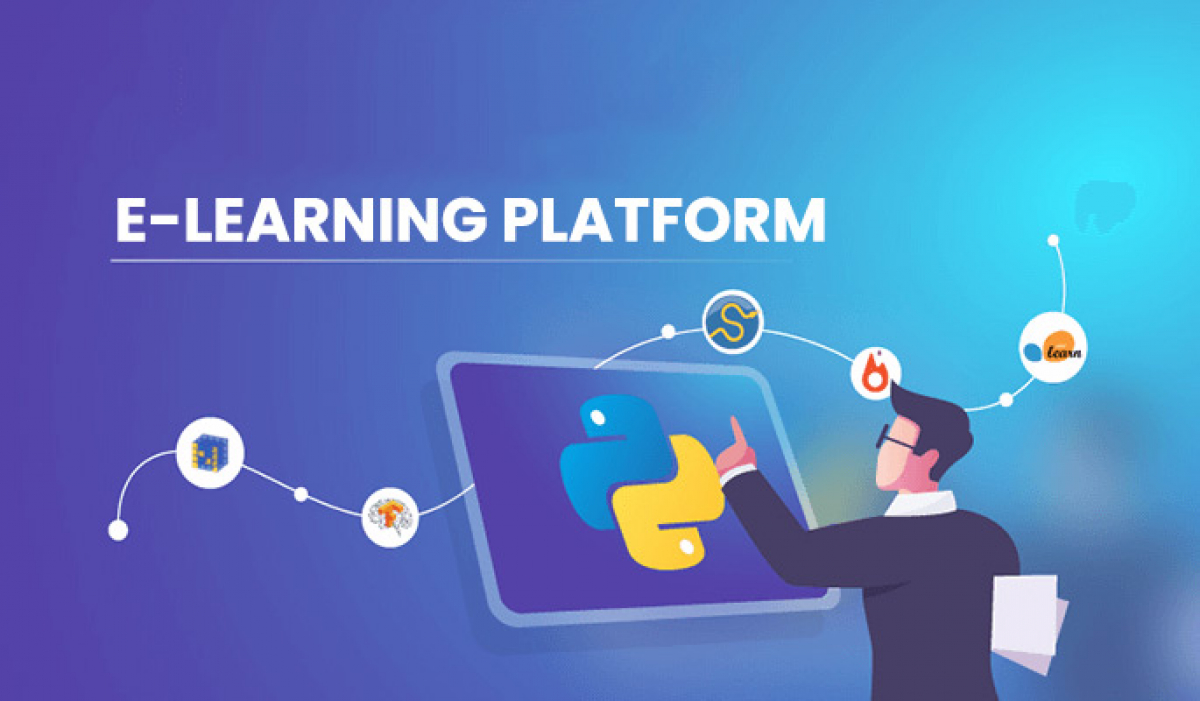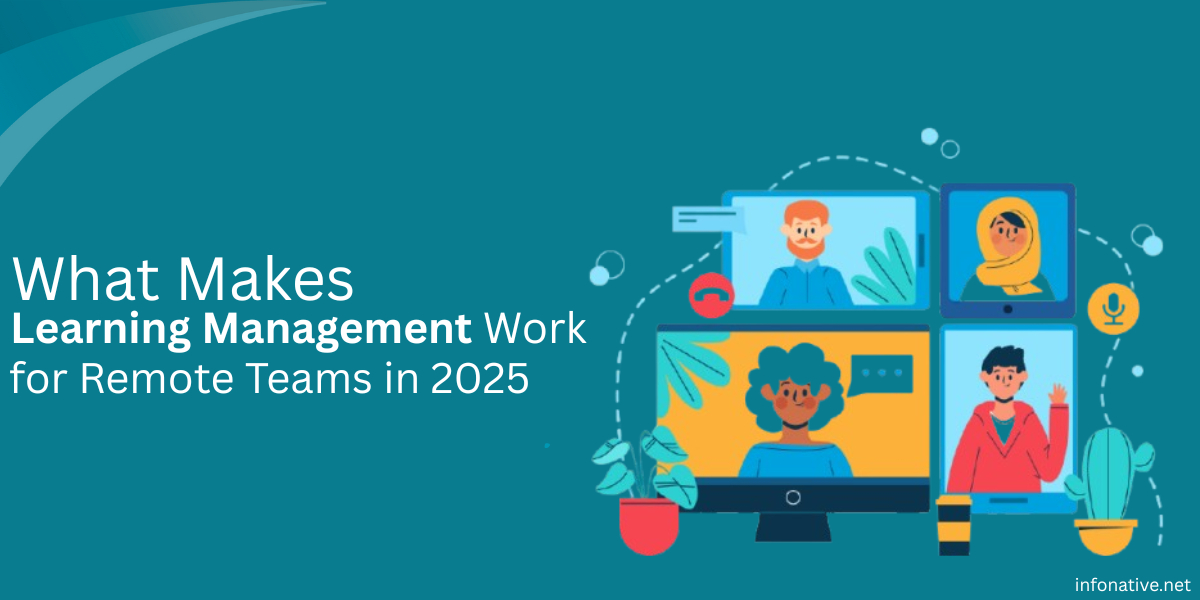Imagine education that caters to you, not the other way around. That's the promise of instructional design (ID), a method shaking up traditional lectures. ID creates learning experiences tailored to individual needs and learning styles.
Think interactive lessons, engaging simulations, and bite-sized content, a far cry from rote memorization. This personalized approach keeps students motivated and fosters a deeper understanding. `
Technology plays a starring role too. Imagine learning history through VR simulations or mastering math with adaptive learning platforms that adjust to your pace.
The impact goes beyond classrooms. Instructional design crafts training programs for businesses and online courses for professionals. It's a revolution in the making, building a future where learning is not just informative, but transformative.
What is Instructional Design?
Instructional design is the systematic process of creating learning experiences. Instructional designers are the architects of education, crafting materials, activities, and assessments that optimize knowledge transfer and skill development. They consider learning styles, set clear objectives, and incorporate engaging content to ensure learners achieve their goals.
It's not just about throwing information at students. ID is a systematic process that crafts engaging experiences to optimize knowledge transfer and skill development.
Think of instructional designers as the builders, using their expertise to create the tools students need to learn. They consider different "learning styles" – some thrive on visuals, others on hands-on activities. ID caters to these differences by incorporating multimedia content, simulations, and interactive exercises.
But a building needs a purpose, and so does learning. Instructional designers set clear objectives, outlining exactly what students should be able to do by the end. This ensures everyone's on the same page and learning is focused.
Finally, no building is complete without assessments. ID incorporates quizzes, projects, and other methods to gauge student understanding. This feedback loop allows instructors to adjust their approach and ensure students are achieving their goals.
In essence, ID takes the guesswork out of learning. By using a systematic approach and incorporating engaging elements, it creates a strong foundation for knowledge and skill development, leaving students empowered and ready to excel.
The Power of Personalized Learning
Instructional design (ID) is personalizing education like never before. Imagine a student stuck on a math concept. Traditionally, they might be left behind. But with ID, adaptive learning platforms come to the rescue. These AI-powered systems analyse a student's progress, identifying areas needing work. The platform then tailors the learning path, offering extra practice problems, video tutorials, or even adjusting the difficulty level.
This personalized approach caters to every student's unique learning pace and style. A visual learner might benefit from extra video examples, while an auditory learner could receive audio explanations. ID ensures each student gets the support they need to grasp concepts and stay motivated.
A deeper understanding for every learner, fostering a love for learning that transcends the classroom.
Engaging Formats for the Digital Age
Instructional design (ID) is tossing out the passive textbook model. In its place comes a dynamic learning experience powered by technology. Suppose if teachers used simulations to allow pupils to practise operating on real patients or piloting an aircraft. Gamification elements like points, badges, and leaderboards turn learning into a rewarding challenge.
But it's not all about bells and whistles. ID incorporates a variety of multimedia content – think engaging videos, informative infographics, and thought-provoking podcasts. This caters to different learning styles, allowing visual learners to thrive with videos, auditory learners to benefit from podcasts, and kinaesthetic learners to grasp concepts through simulations.
The result? Engaged students who are no longer passively absorbing information. By actively participating and interacting with the content, they gain a deeper understanding and a stronger foundation for future learning. It's a win-win for both educators and students.
Benefits Beyond the Classroom
The power of instructional design (ID) isn't confined to schools. It's revolutionizing learning across our lives. Businesses leverage ID to create targeted training programs. Imagine interactive onboarding experiences or simulations that prepare employees for specific scenarios, all designed with clear learning objectives and engaging activities.
Professional development gets a boost too. Online courses crafted using ID principles can offer flexibility and personalization. Think micro-learning modules with interactive quizzes or video tutorials that cater to busy professionals.
Learning doesn't stop with adults. ID breathes life into educational games for children. Picture games that seamlessly weave in math concepts or build language skills while remaining fun and engaging. By applying ID principles, learning can become a natural part of play, fostering a love for knowledge from a young age.
This widespread application of ID underscores its potential. It's not just about schools; it's about making learning accessible, effective, and enjoyable for everyone, everywhere.
The Road Ahead
Instructional design (ID) is on a thrilling journey. It is constantly adapting to the rise of new technologies. Artificial intelligence (AI) is poised to personalize learning even further. Imagine AI analysing your learning data to offer targeted feedback, suggesting study paths tailored to your strengths and weaknesses.
Virtual and Augmented Reality (VR/AR) promise mind-blowing immersive experiences. Envision dissecting a virtual frog in biology class or exploring the pyramids in history – all from your classroom. VR/AR can bring abstract concepts to life, making learning truly interactive and unforgettable.
These advancements, coupled with ID's core principles, are shaping the future of education. Get ready for a learning landscape that's not just effective, but truly engaging and transformative.
The Future is Learner-Centric
Instructional design is revolutionizing education by placing the learner at the centre. By focusing on individual needs, utilizing engaging formats, and embracing new technologies, ID paves the way for a future where learning is not just informative, but transformative. This shift will equip students with the skills and knowledge they need to thrive in the ever-changing world.




